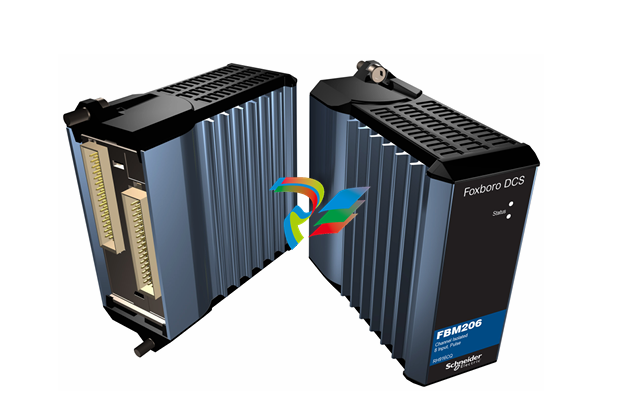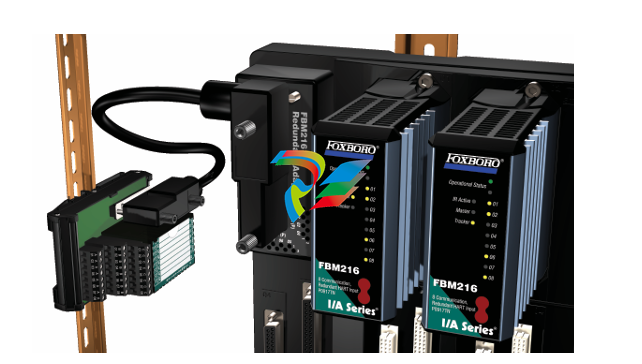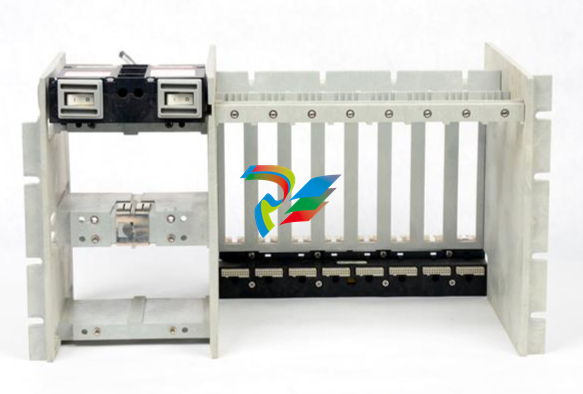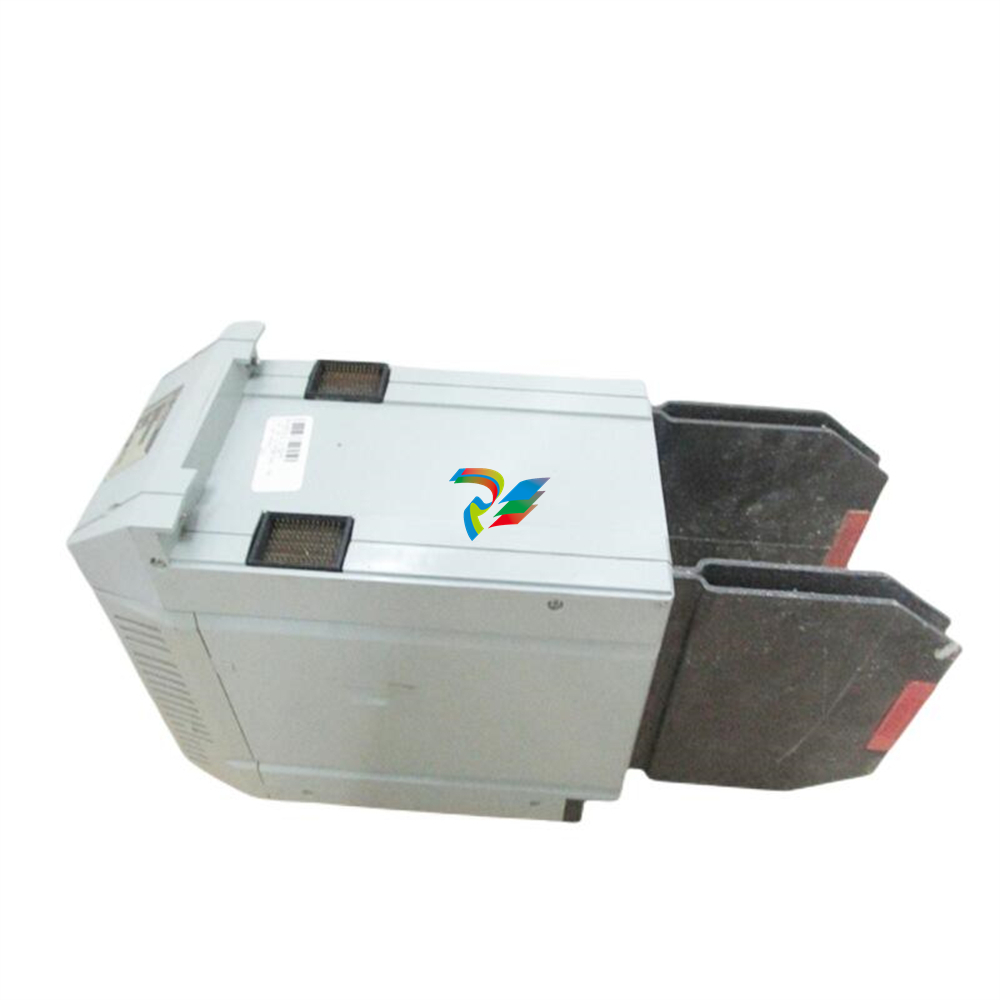
AlstomT1693EN Technical Manual Rev. 09
• Diode Front End (DFE) – power transfer from the network to the load only;
• Active Energy Management (AEM) – power transfer to and from the network.
Both the DFE and AEM drives share the same machine bridge topology.
Figure 1–1 is a simplified schematic diagram of a DFE system. Figure 1–2 is a simplified schematic diagram
of an AEM system.
Circuit diagrams for the various drive configurations are included in Appendix B: Electrical Connection
Diagrams.
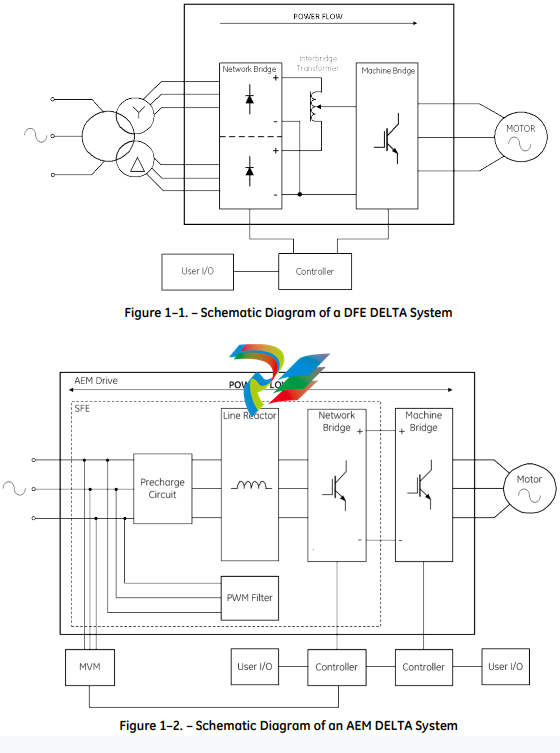
1.4.1 DFE Network Bridge
A DFE network bridge comprises of one or more diode rectifier modules, plus ancillary components, which
could include:
• Line reactor;
• Fusing;
• Pre-charge circuit;
• Interbridge transformer;
• D.C. Link inductor.
The network bridge converts the a.c. supply to an unsmoothed d.c. voltage. Power flow is from the network
supply only.
Harmonic currents produced in the supply system by variable speed drives with uncontrolled rectifier inputs
may be reduced by changing from 6 pulse to 12 pulse (6 phase) input.
In the case of a 12 pulse input:
• A phase shifting transformer is used to produce the additional 3 phases which are phase
shifted by 30° as shown in Figure 1–1. These two sets of three phase supplies are rectified by
two rectifier bridges.
• Instantaneous voltage differences, between the outputs of the two rectifiers, are absorbed by
an interbridge transformer connected between the two positive outputs of the rectifiers. The
output to the d.c. link is taken from the centre-tap of the interbridge transformer.
1.4.2 Sinusoidal Front End (AEM Network Bridge)
The network bridge of an AEM drive comprises of one to six DELTA transistor modules. The network bridge
is combined with the following ancillary components to form a Sinusoidal Front End (SFE):
• Line reactor;
• Fusing;
• PWM filter;
• MVM unit;
• Sharing reactors;
• MV3000e Controller.
The SFE bridge can be used to convert the a.c. supply to a d.c. voltage, but also has the capability to allow
regeneration of energy back into the network, and as such is required for power generation applications
(e.g. wind turbines).
The AEM network bridge provides a very clean voltage waveform, but the harmonic content will require
filtering.
1.4.3 Machine Bridge
The machine bridge converts between a d.c. and an a.c. voltage of variable frequency and amplitude.
Generally in a DFE system, the power flows from the d.c. link, out into the a.c. load. In an AEM system, power
flow is bi-directional.
The machine bridge comprises of one to six DELTA transistor modules and the following ancillary
components:
• Sharing reactors;
• Fusing;
• MV3000e Controller.
2.7.1 Electrical Connections
The connections from the SMPS unit to other equipment in the DELTA drive are as follows:
• One 40 way ribbon cable, supplied as part of the DELTA transistor module;
• A two pin connector plugs into the d.c. link of the associated DELTA transistor module.
2.8 MV3000E DRIVE DATA MANAGERTM (KEYPAD)
Units covered: MVS3000-4001 (DDM)
MVS3001-4001 (Installation kit)
The Drive Data ManagerTM, shown in Figure 2–6, is an ergonomically designed keypad which provides the
functionality to configure a drive system. It also provides motor control and diagnostic functions.
The Drive Data ManagerTM derives its power supply from the MV3000e Controller
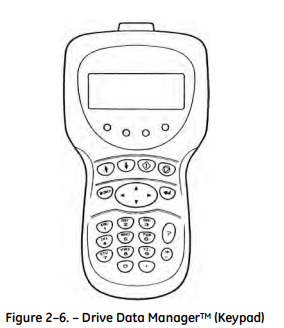
An installation kit containing a waterproof gasket and a lead is available separately. The lead for
connection from the Keypad to the MV3000e controller has a maximum length of 3 m (9.8 ft.). This lead
length determines the relative positions of the Drive Data ManagerTM and the controller. When supplied
with a waterproof gasket, it can be mounted on an enclosure door to meet IP 65 enclosure protection.
The specification for the Drive Data ManagerTM and its electrical connections, are included in the T1915
Instruction Sheet which is supplied with the Drive Data ManagerTM.
2.9 DELTA RECTIFIER MODULE
Unit covered: MVRL2100-4601.
MVRL2100-4602.
In a DELTA drive system, rectifier modules shown in Figure 2–7, are used in network bridges to convert an
a.c. supply into a rectified, unsmoothed d.c. supply.
The rectifier module is available in a single rating. Larger rectifier power ratings can be achieved by
connecting the modules in parallel (derating will be necessary, see Section 2.9.4.1: Parallel Ratings).
Each module has a pair of three-phase, six pulse rectifiers, with individual a.c. input terminals. Two d.c.
positive terminals and a single d.c. negative output terminal are provided.
The rectifier module may be operated as a 12-pulse network bridge. This configuration is achieved by
connecting the d.c. positive outputs together through an interbridge transformer and one a.c. input being
phase-shifted in relation to the other by an external supply transformer.
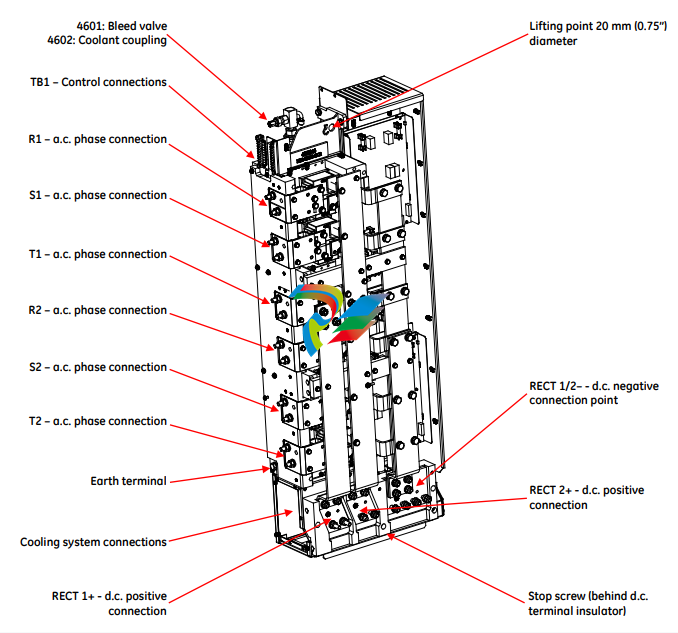

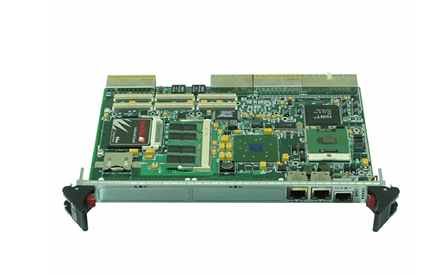
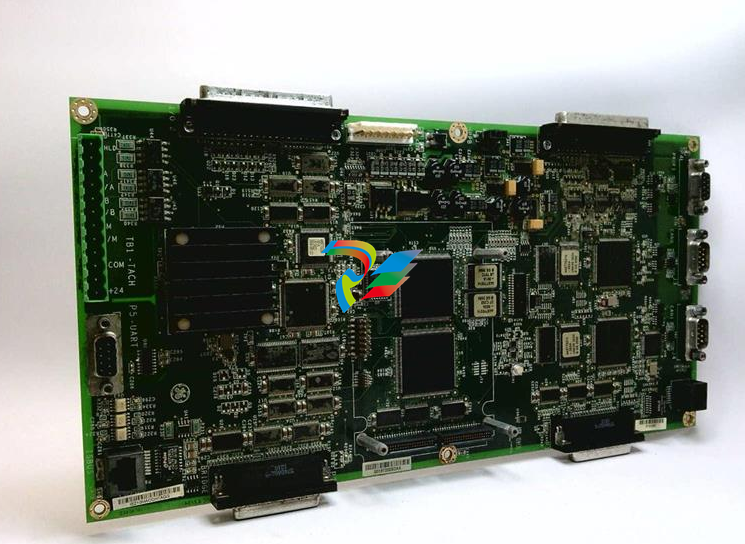


.jpg)
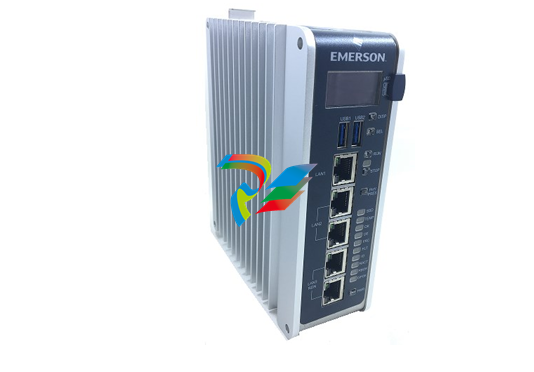
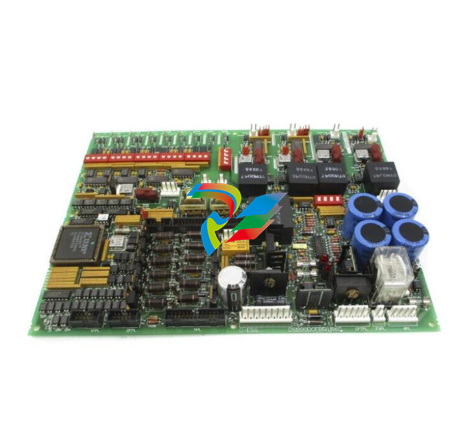
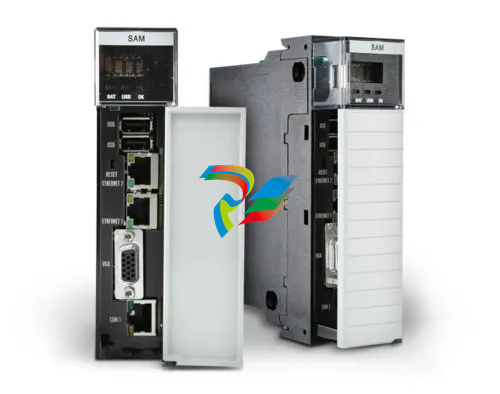
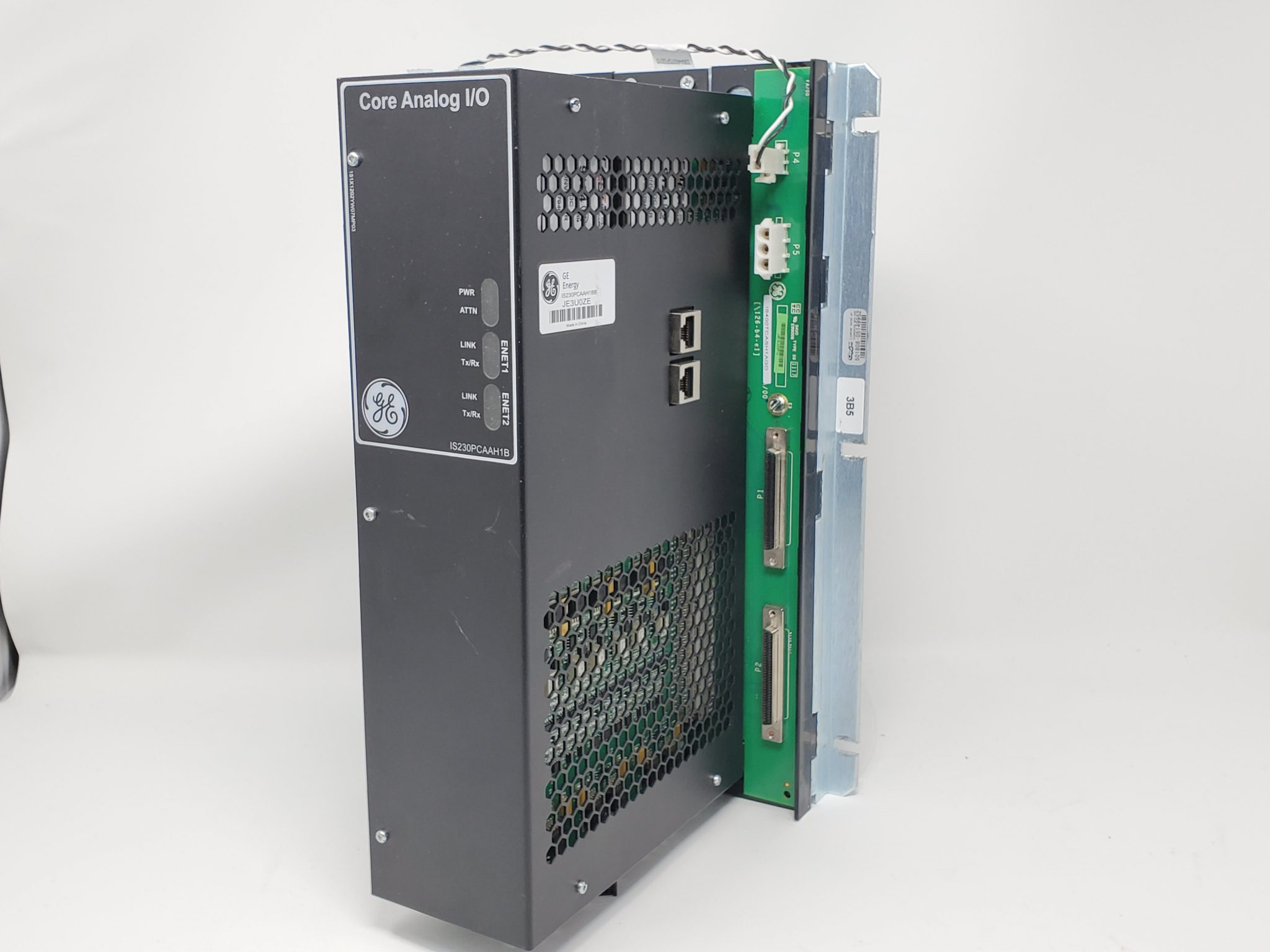

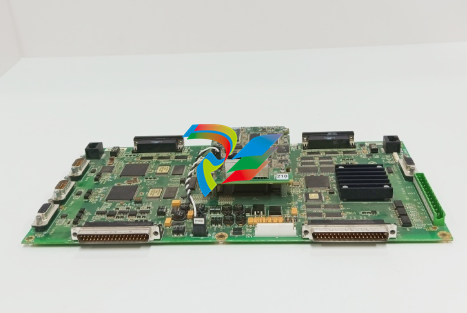
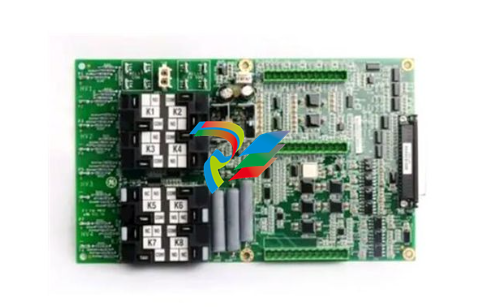
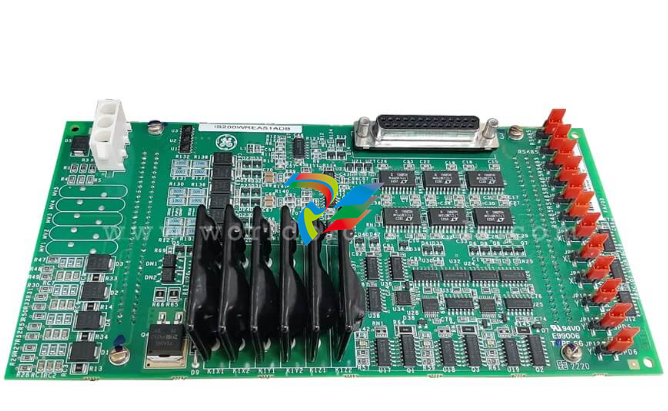
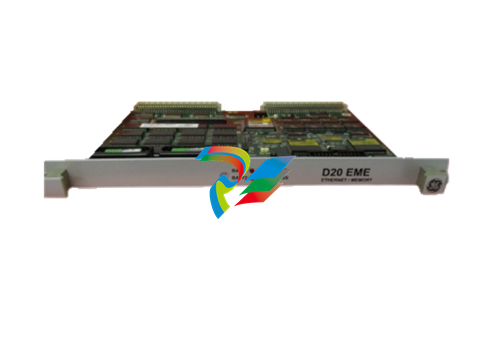
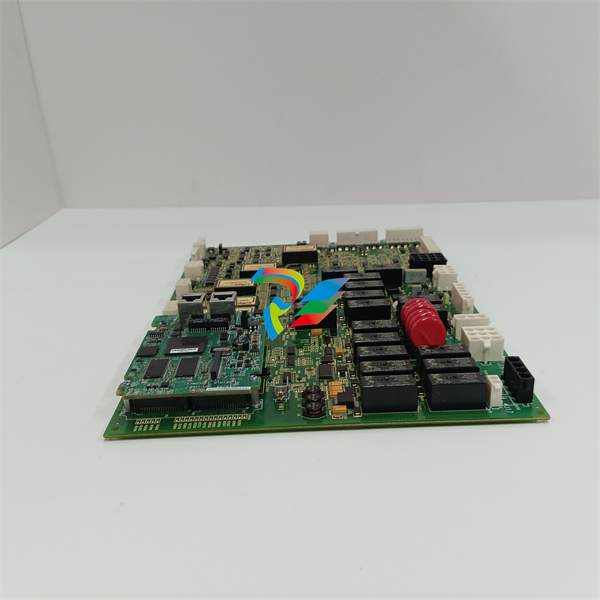
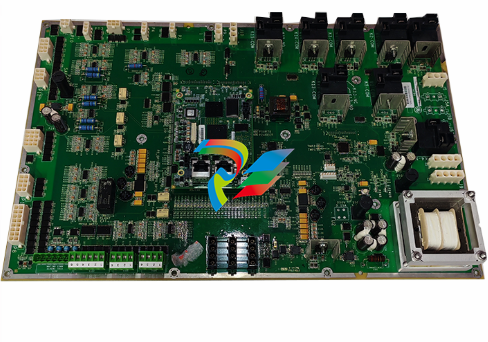
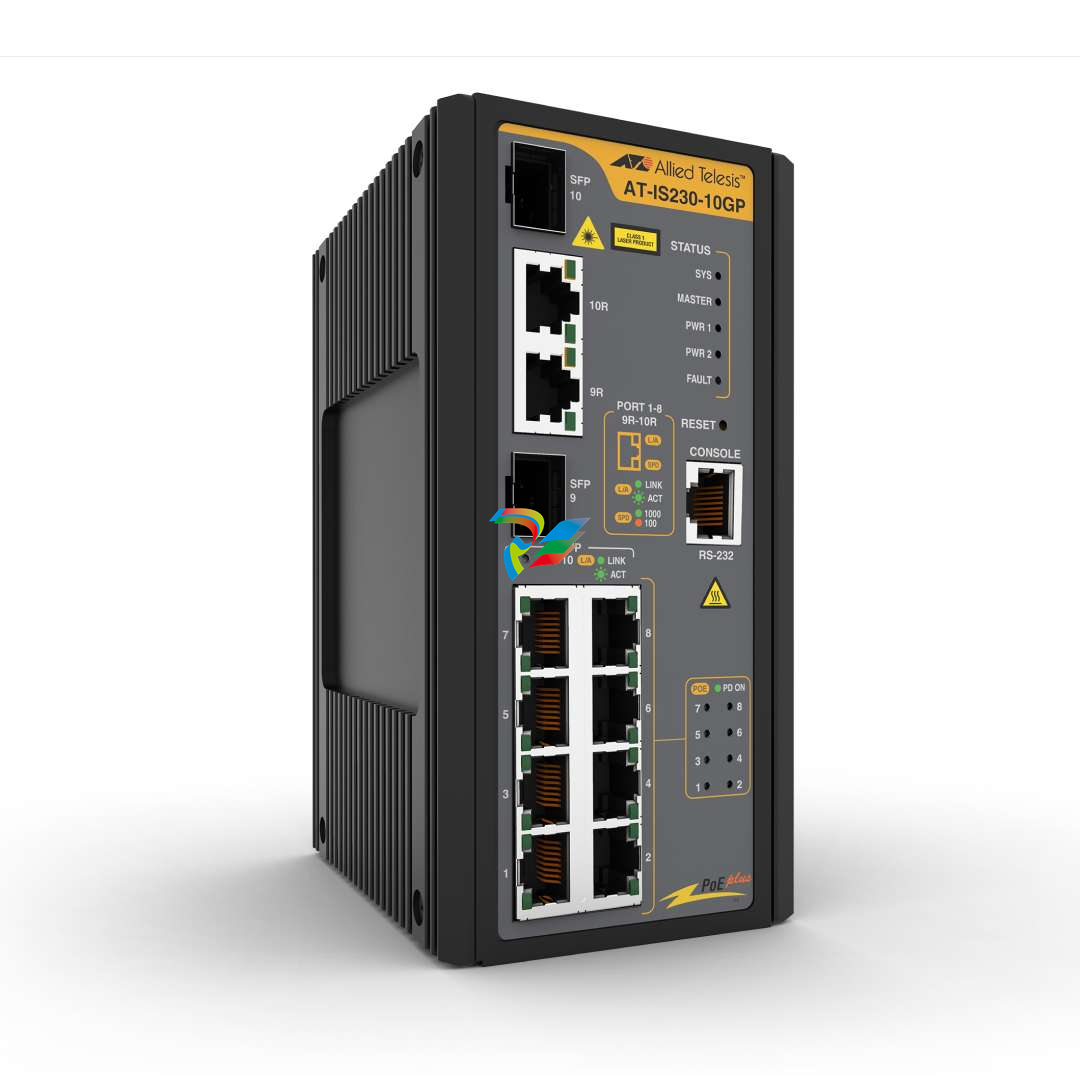
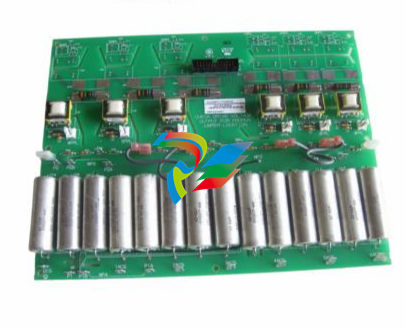

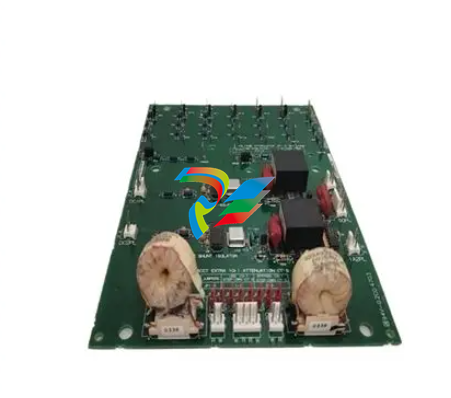

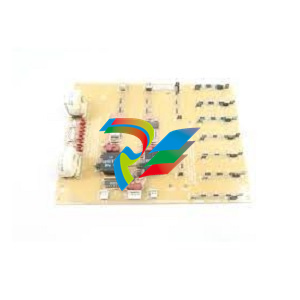
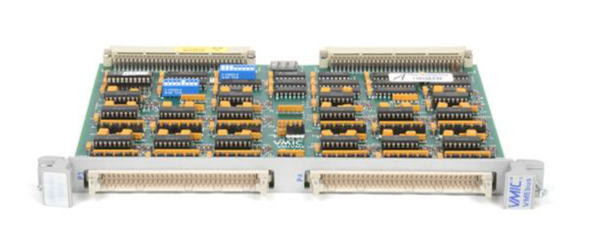
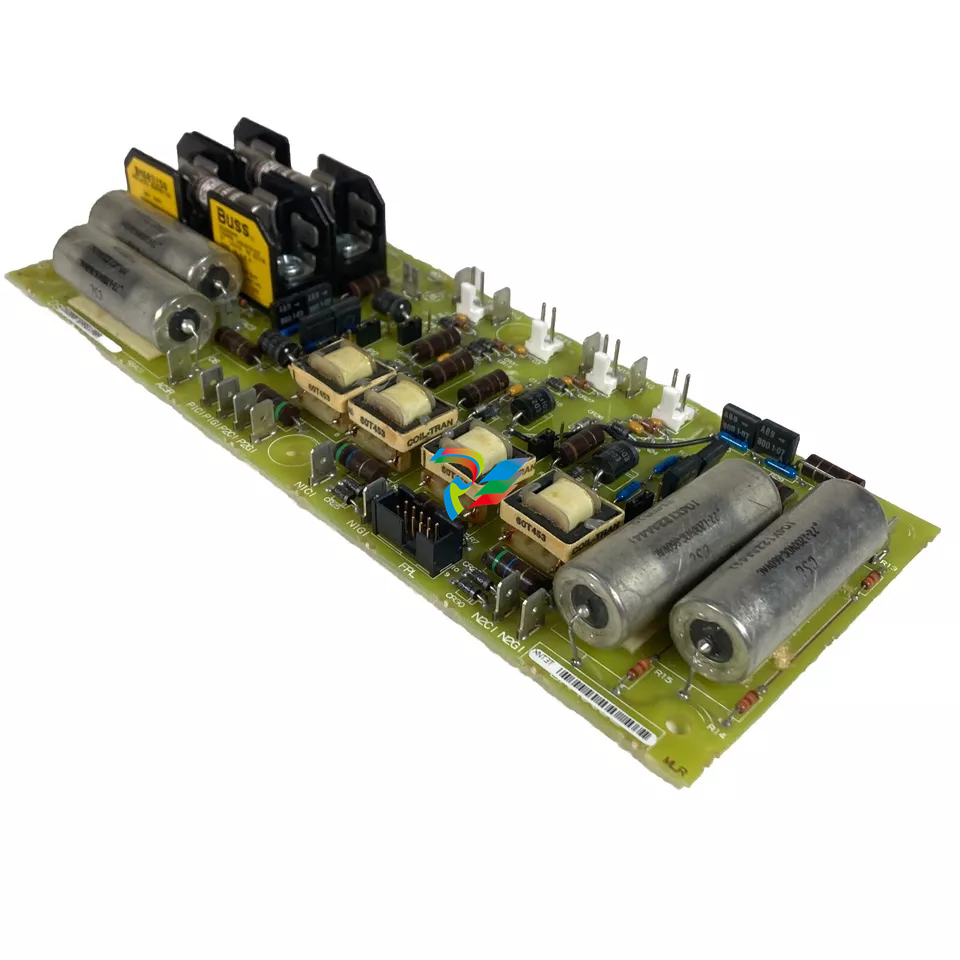
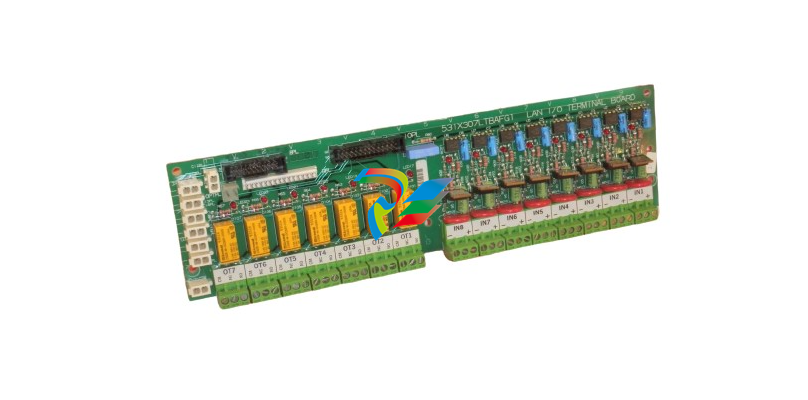



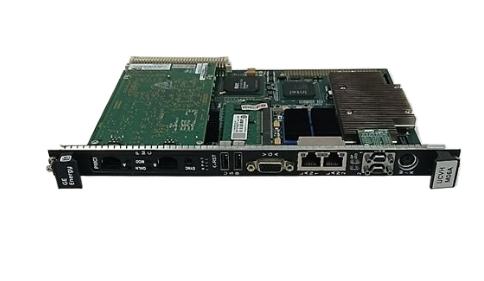
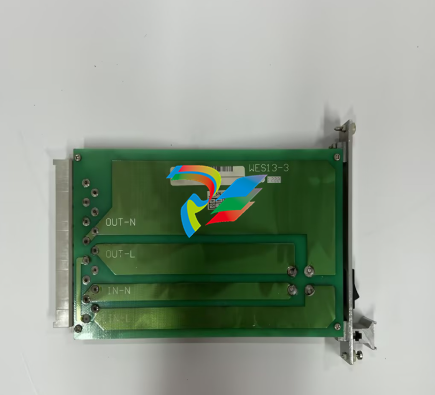
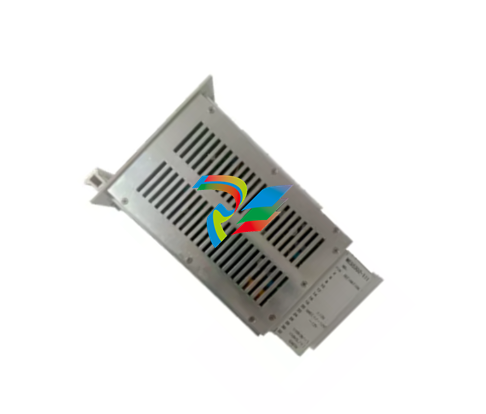
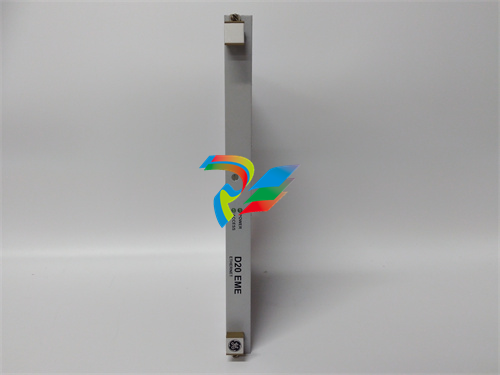
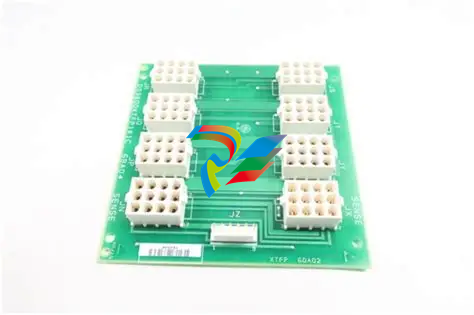






































.jpg)
.jpg)





.jpg)



.png)
.jpg)

.jpg)
_lVjBYb.jpg)

.jpg)
.jpg)



.jpg)
.jpg)





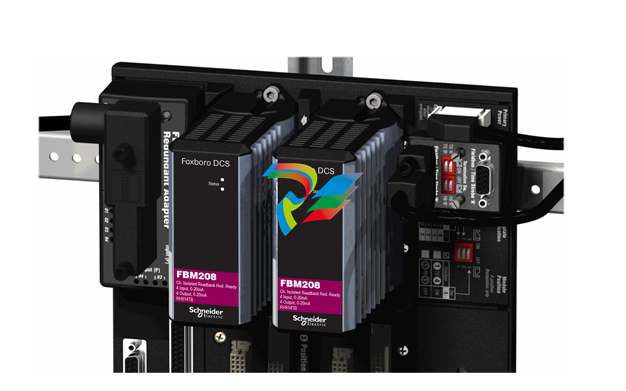
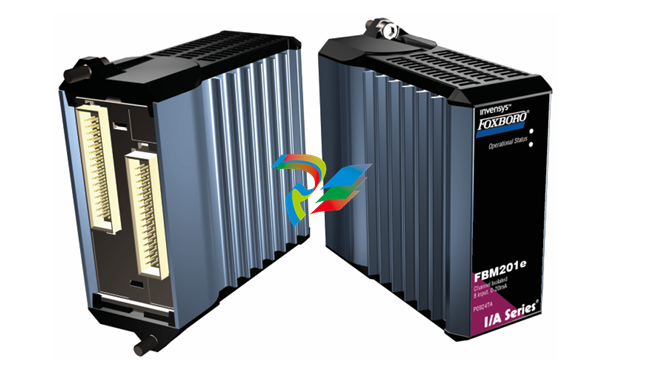
.jpg)
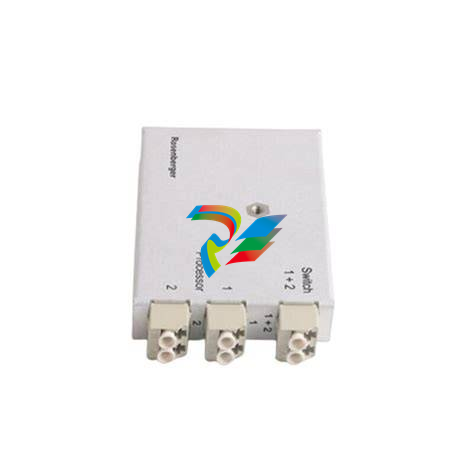
.jpg)
.jpg)
